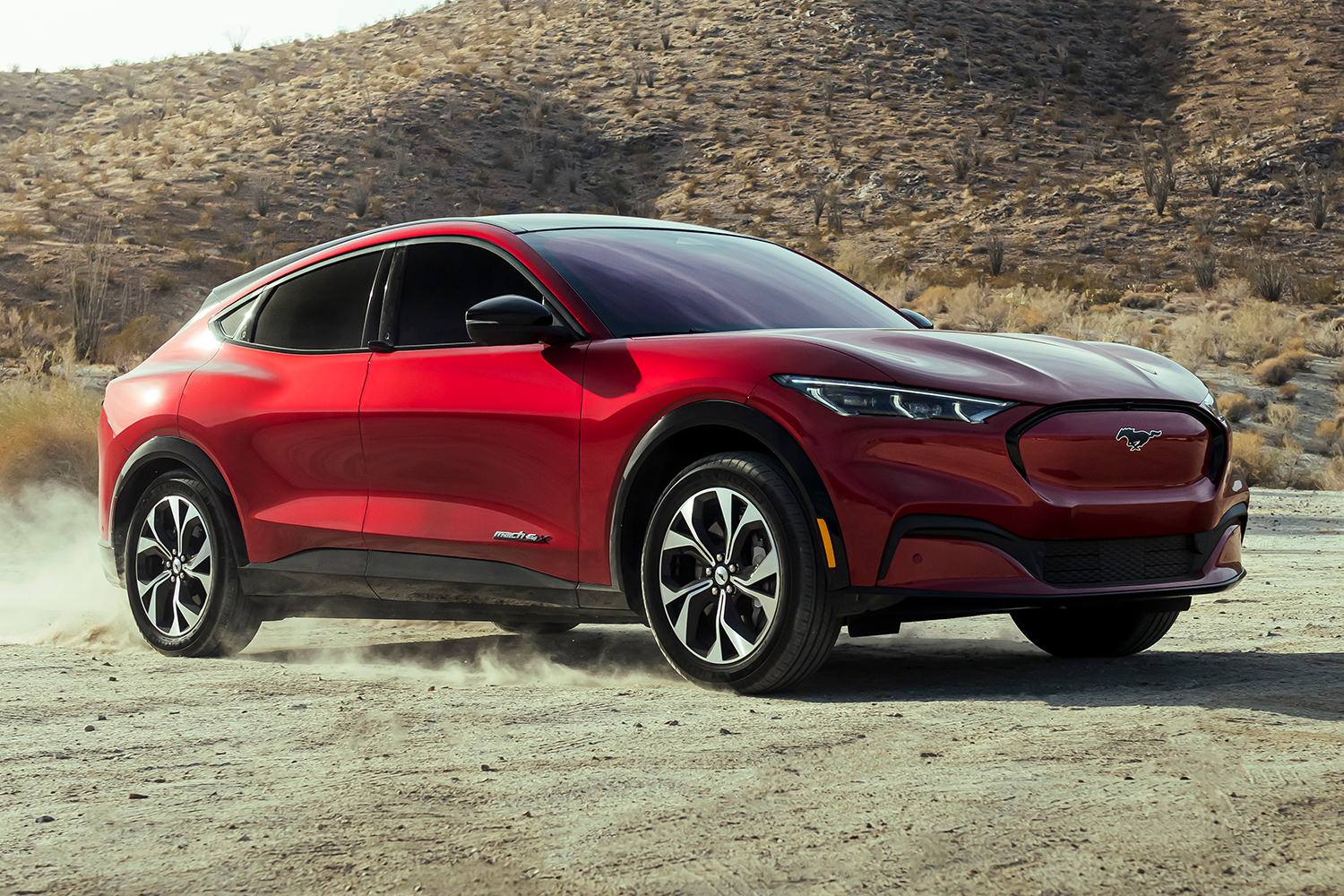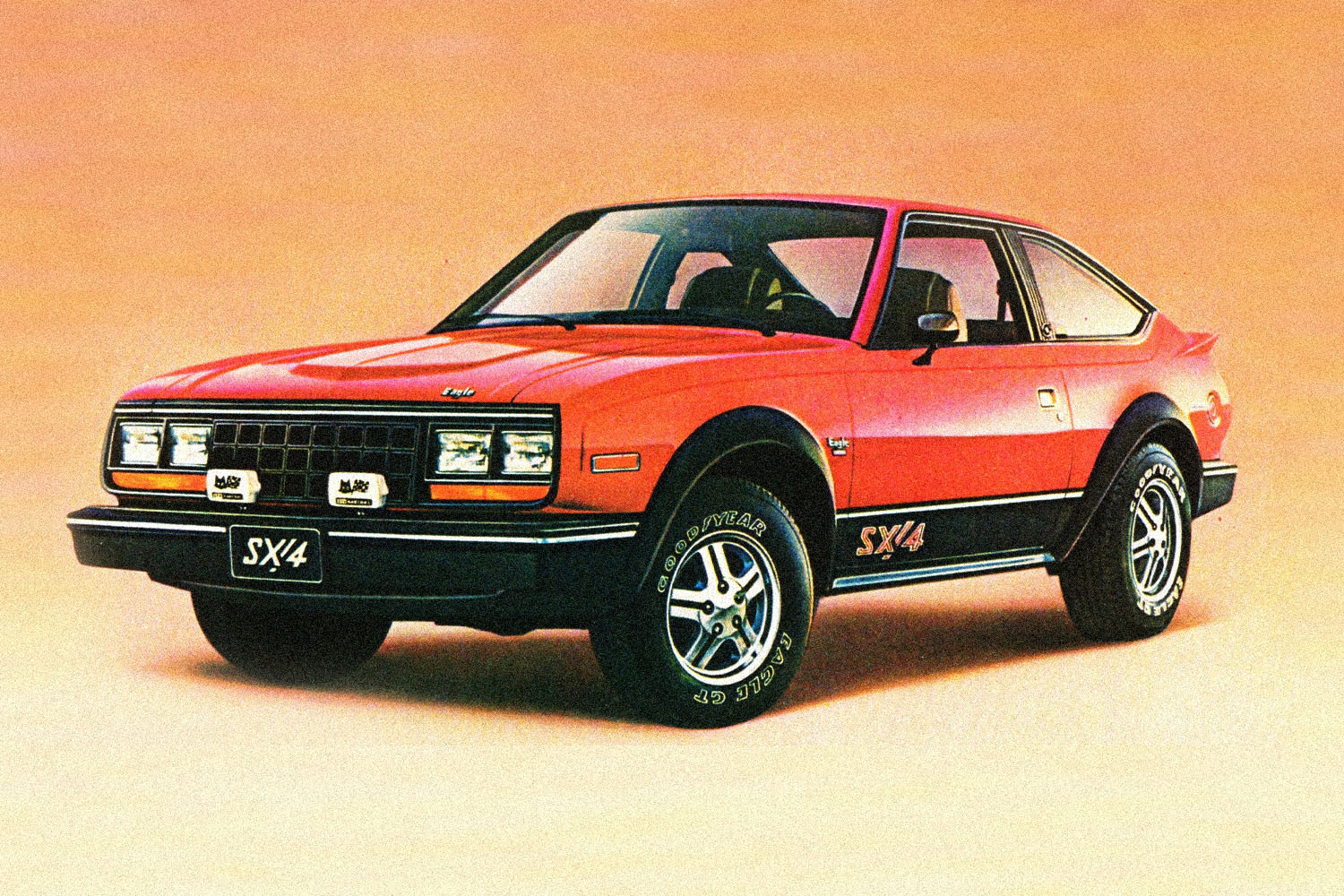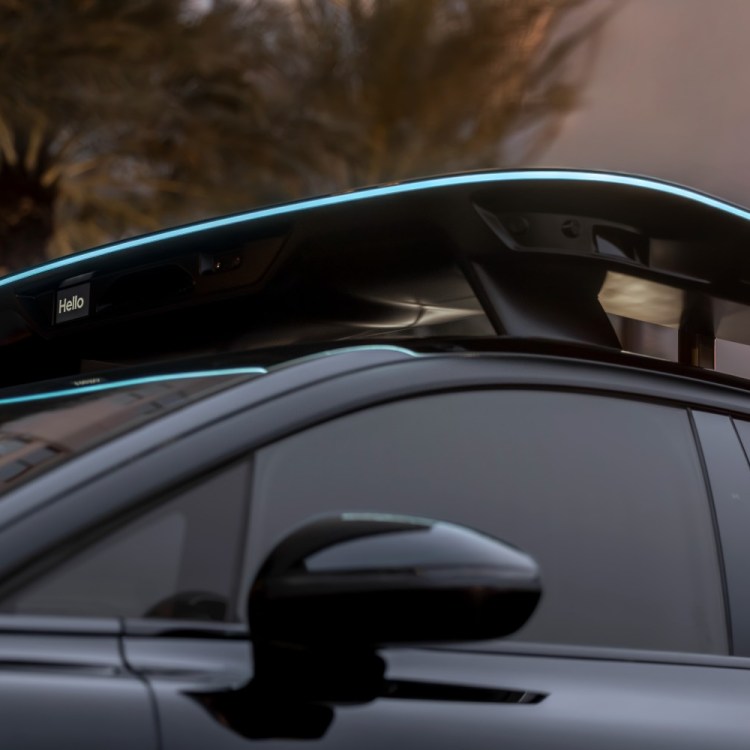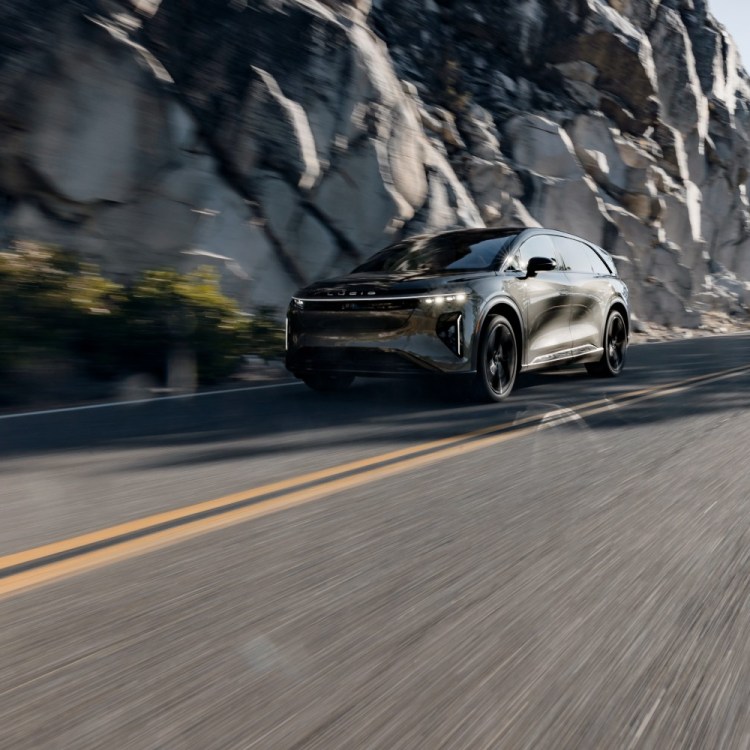Sometimes it’s not the actual merits of a car that dictate its life or death. Sometimes it’s all the circumstances swirling around outside the cabin. Many an intriguing automobile has been snuffed out before its time, by a poorly executed launch, complications with production, an economic maelstrom that spelled doom for a larger slice of the industry — or a combination of all three — making the model in question so much collateral damage.
Of course, it’s relatively easy to look back with the benefit of hindsight and identify cars, trucks and SUVs that never got a fair shake in their own time. Dig deeper, however, and you can find a few of these neglected and disrespected vehicles that are worthy of being revived in the modern era. As with everything, the automotive world moves in cycles, and some ideas that were once ahead of their time, or simply poorly communicated to their would-be customers, are ripe for redux.
One such possibility? The final-generation Pontiac GTO, a coupe whose iconic badge is no stranger to rebirth — and whose potential electrified future looks bright.
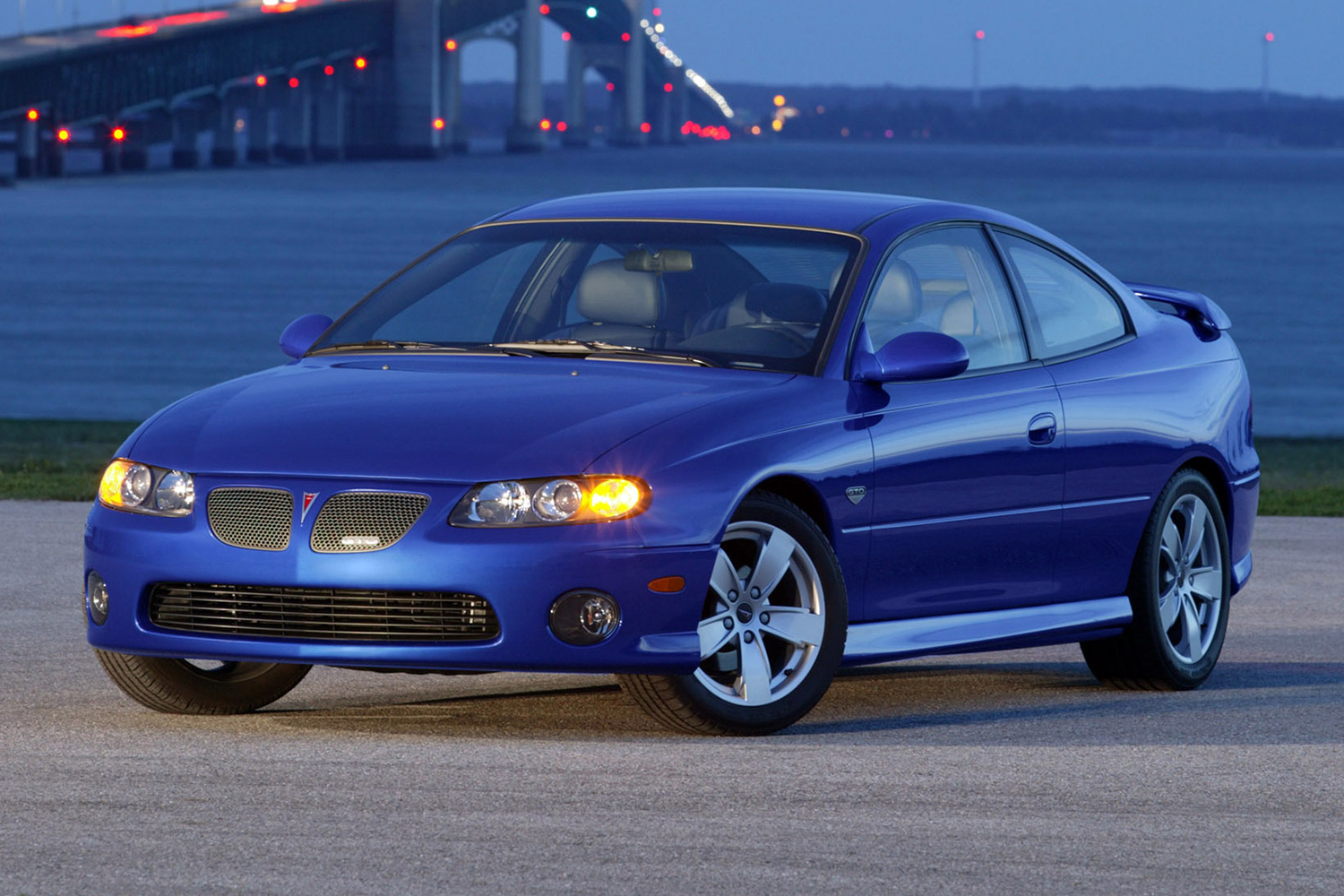
A Fifth-Generation Rushed to Failure
The 2004-2006 Pontiac GTO is an example of how not to revive a once-storied nameplate. After the F-body was retired in 2002, Pontiac was facing down a future which for the first time was completely free of a V8-powered, rear-wheel drive muscle car. Scrambling to hold on to its once-proud image as the “excitement” division of General Motors, the brand cast a wide net out into the global holdings of its corporate mothership and came back with a car you may not have heard of: the Holden Monaro.
With a long history of producing chest-thumping burnout machines Down Under, Australia’s Holden was tasked with providing Pontiac a two-door version of the Monaro, which was motivated by the same LS engine family found in most of GM’s eight-cylinder portfolio. It was seemingly a match made in heaven: heaps of horsepower, a willing subsidiary and the opportunity to bring back the GTO name, which had been slumbering for nearly three decades after the end of the muscle car era.
Right from the start, the fifth-generation Pontiac GTO’s triumphant return was in trouble. Fluctuating exchange rates drove the coupe’s price above what Trans-Am and Firebird owners had been paying for their potent performance machines. This might not have been as much of an issue if the GTO’s drivetrain hadn’t been unusually modest: GM’s 5.7-liter LS1 engine was tuned to provide 350 horses in the Pontiac, which combined with its not-insubstantial curb weight pushed acceleration to 60 mph a few ticks past the five second mark in a world where dropping below that number was now required to raise any eyebrows.
The worst sin committed by the new Pontiac GTO, however, was being boring. Whereas the original muscle car — and several iterations that followed — offered visual glam to go with its rip-roaring speed, Holden’s barely disguised bodywork was effectively the Clark Kent of the modern performance scene, an unassuming bar-of-soap shape riding on narrow rubber that delivered little indication that adrenaline was standard equipment. Fault lay at the feet of a design that was almost seven years old when it debuted in America, and one that had been penned for the less competitive Australian market.
As soon as the GTO stumbled in terms of sales (first-year results being well off predicted volumes), General Motors went into damage-control mode. A more aggressive hood treatment that included a pair of air scoops was rushed onto the options sheet before becoming standard for the 2005 model, along with the availability of a less-anonymous body kit. The biggest difference, however, was an engine swap that saw a 400 horsepower LS2 V8 add extra displacement between the GTO’s front fenders, a move that cut nearly half a second from the sprint to 60 mph.
Despite being quicker and more fun to drive, the GTO couldn’t overcome the inertia of its bungled birth. Sales remained tepid and Pontiac was forced to reassess its investment, given upcoming safety considerations and costs required to keep the Holden platform viable in a U.S. regulatory environment. The GTO was removed from the lineup by the end of 2006 and just four years later the brand itself shuffled off this mortal coil as a victim of GM’s post-financial-crisis bankruptcy reorganization.

Hummer EV Points the Way
The Pontiac GTO was a great idea that was given every opportunity to fail. If the vehicle had been afforded more than one and a half years of development time to reengineer the Holden platform for American tastes, and been given the proper amount of power and visual attitude to match the heights evoked by its name, there’s no reason why it couldn’t have taken a run at the Ford Mustang’s sales dominance among rear-wheel drive V8 coupes.
While today’s Mustang continues to rule the eight-cylinder sports car roost, its position is not unassailable; the Dodge Challenger is currently poised to take over global sales by the end of this year. GM’s Chevrolet Camaro trails at a distant third place, and is destined to be replaced as soon as 2024 by a full-electric model.
Herein lies the unique opportunity for the GTO nameplate to rise again. General Motors has demonstrated a willingness to repurpose its heritage in order to draw attention to its EV efforts, with the most recent example being the reemergence of the Hummer brand under the GMC banner. The upcoming Hummer EV is technically the “GMC Hummer EV,” a move that effectively curtails the expense and logistics needed to establish a new dealer network and corporate structure for its premium battery-powered pickup and SUV.
Could a similar Chevrolet-based “Pontiac GTO,” with the Bowtie brand’s presence entirely absent from marketing materials, elicit the same hype as the Hummer’s turn towards electric? With the need to replace the slow-selling Camaro, and the potential to push into a higher price bracket by way of a premium sub-brand, the GTO is ripe for the picking. Creating an EV muscle coupe with all of the tire-shredding torque EV drivetrains can deliver, paired with a homegrown, retro-flavored design that pays homage to the best aspects of Pontiac’s past, could be an intriguing way for GM to build on its recent Hummer efforts.
As dominant as SUVs currently are, the success of the Mustang and the Challenger demonstrate that there’s still room for sporty, two-door performance cars from Detroit’s Big Three. With the Mustang lending its name to a new family of popular electric models (in the form of the Mustang Mach-E crossover), the market has also proven flexible when combining established icons with future-facing products, which opens up a potentially lucrative expansion of the GTO brand along similar lines.
One thing is certain: The Pontiac GTO deserved better than its half-baked fifth-generation model had to offer, and its future is wide open — or should we say, “wide-track”?
This article appeared in an InsideHook newsletter. Sign up for free to get more on travel, wellness, style, drinking, and culture.




